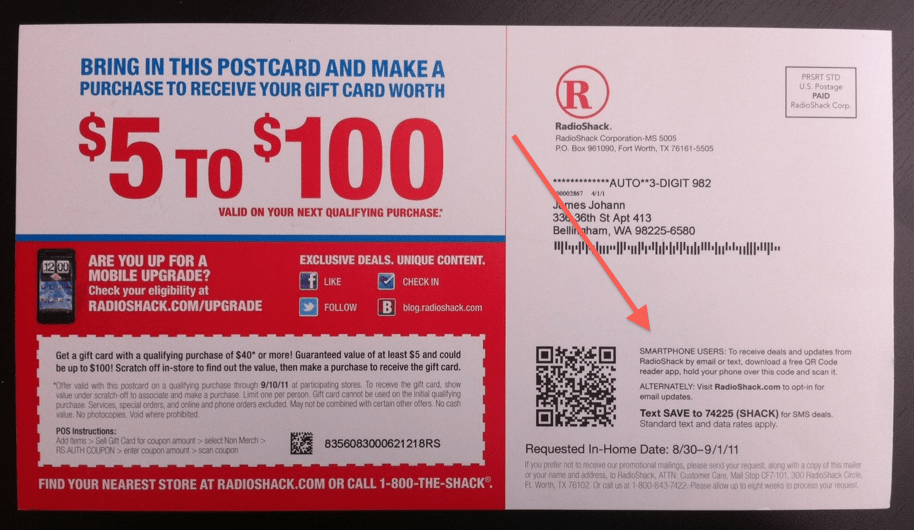 Mobile phones are an integral part of our culture, and while a growing number of advertisers are recognizing mobile as a powerful gateway to direct contact with a large proportion of the public, many mobile advertising campaigns are being executed ineffectively, leading to disappointing campaign results.
Mobile phones are an integral part of our culture, and while a growing number of advertisers are recognizing mobile as a powerful gateway to direct contact with a large proportion of the public, many mobile advertising campaigns are being executed ineffectively, leading to disappointing campaign results.
While we all make mistakes here and there, a major mobile faux pas can leave quite an unfavorable impression of your brand with customers.
Here are 3 common mistakes marketers have made with their mobile advertising campaigns and how you can avoid them.
1. Lack of mobile optimization

During Black Friday in 2013, Amazon made a huge mistake when they sent customers an email showcasing special deals for the unofficial shopping holiday, that wasn’t optimized for mobile. To make things worse, customers who opened the email on their smartphones were directed to the traditional Amazon.com site as opposed to the company’s mobile website.
When you consider that 70% of people now use their phones to check email, this was a significant overcite on Amazon’s part. About half of the recipients of the email had difficulty viewing it and many gave up altogether. Make sure your campaign is fully optimized for mobile, or you risk losing customers and potential revenue.
2. Having a complicated opt-in process

If you’re running a text message marketing campaign, you need to get your customers to opt-in first. Unfortunately, many businesses make this harder than it has to be.
For example, RadioShack included a QR code on one of its direct mail pieces. Once scanned, the technology took consumers to a mobile website, where they had to manually enter their personal details to opt-in. Most customers think that once they scan a QR code, the process should be complete – and it should be. Adding additional steps to the process can frustrate customers, again, leading to cart abandonment.
Luckily for RadioShack, there was an SMS opt-in alternative, which saved the campaign from failure, but in a number of cases, marketers leave that option out, resulting in a disappointing take up.
3. Not providing a strong call to action
A mobile website is a powerful medium for eliciting consumer responses, but you need to ensure that the information they are presented with is actionable. This may include mobile-enhanced features that make it easy for users to contact you on the fly, such as a ‘click to call’ button.
Target made a critical error while introducing its in-store app. Customers were told that an app was available to enhance their shopping experience, but the in-store signage didn't tell them where or how to download the app. While Target had good intentions to enhance the shopper experience, they lost customers at the first hurdle, by forgetting to include a call to action.


